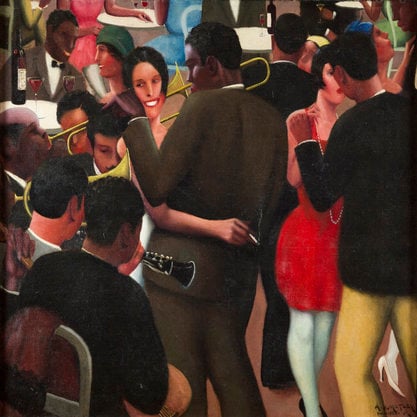Article
Joyce, James (1882–1941) By Ebury, Katherine
Article
James Joyce (1882–1941) was an Irish modernist author famous for his experimentalism and for writing about Dublin. All of his major works – from the short stories of Dubliners (1914), through the ironic bildungsroman A Portrait of the Artist as a Young Man (1916) and the encyclopaedic Ulysses (1922), to the linguistic play of Finnegans Wake (1939) – are set in and around Dublin, filled with real people and incidents from Joyce’s life in that city. This does not mean that Joyce’s relationship with Dublin is uncomplicated – he lived in self-imposed exile in Europe for most of his life and early in his career identified the city as a ‘centre of paralysis’. Further, although Joyce’s books were not formally banned in Ireland, his work was widely disapproved of and neglected. The Bloomsday celebration, which re-enacts events from Ulysses, is a fairly recent phenomenon, pioneered in 1954, and only becoming a major event decades later. Joyce explained his use of Dublin to his friend as, crucially, a question of technique, by saying that ‘If I can get to the heart of Dublin I can get to the heart of all the cities of the world’.


![Semana da Arte Moderna de 1922 [Modern Art Week, São Paulo 1922]](/propagator/data/img-dc/original/image/architecture-hero/City_of_the_Captive_Globe_Fig_x_%5BREMOMA1_converted.jpg)
